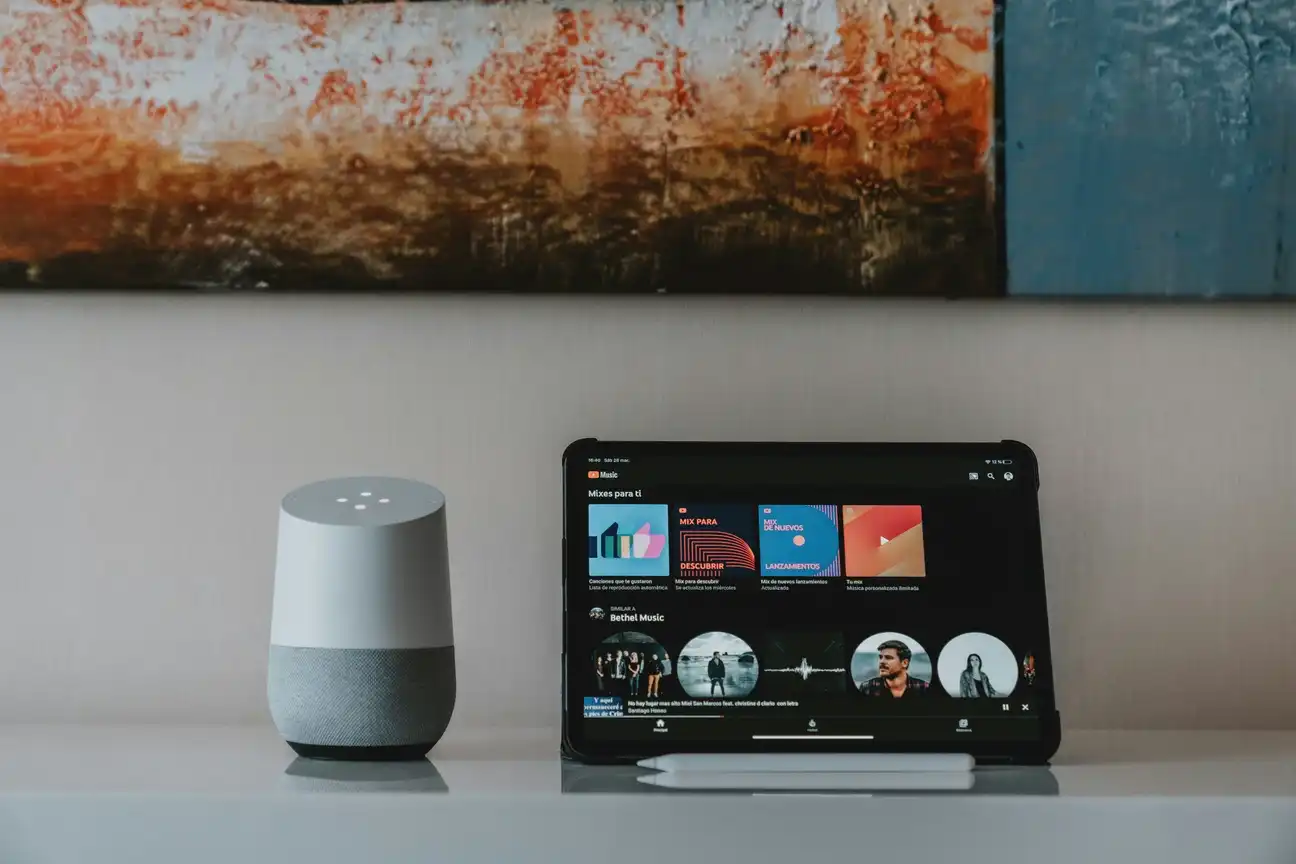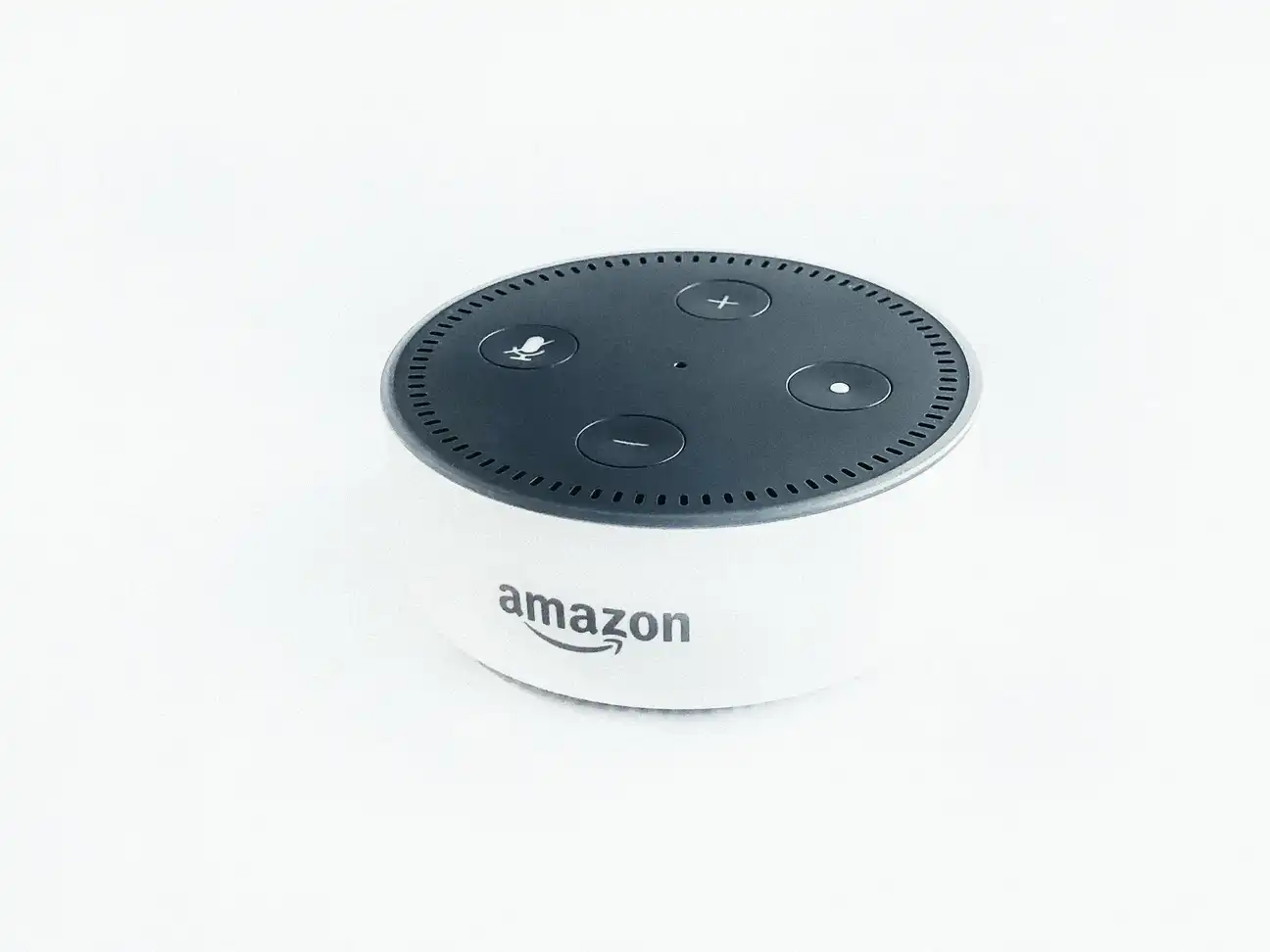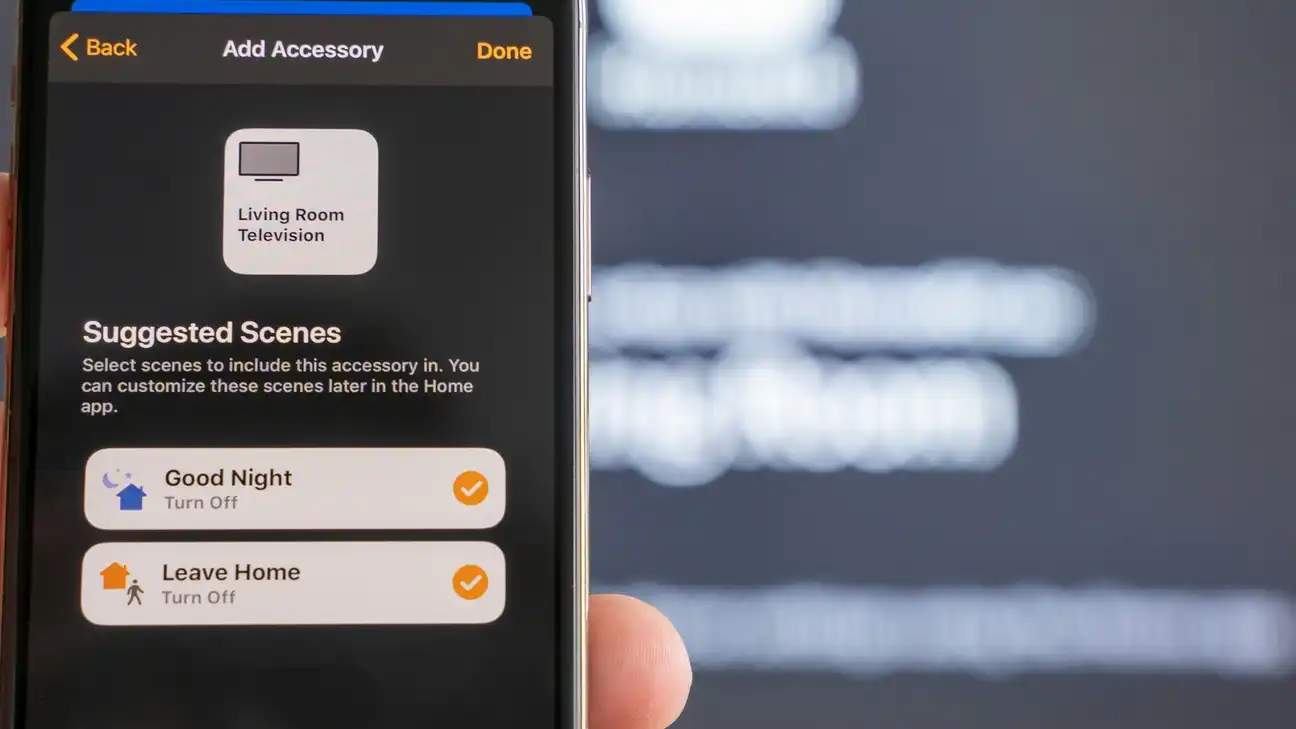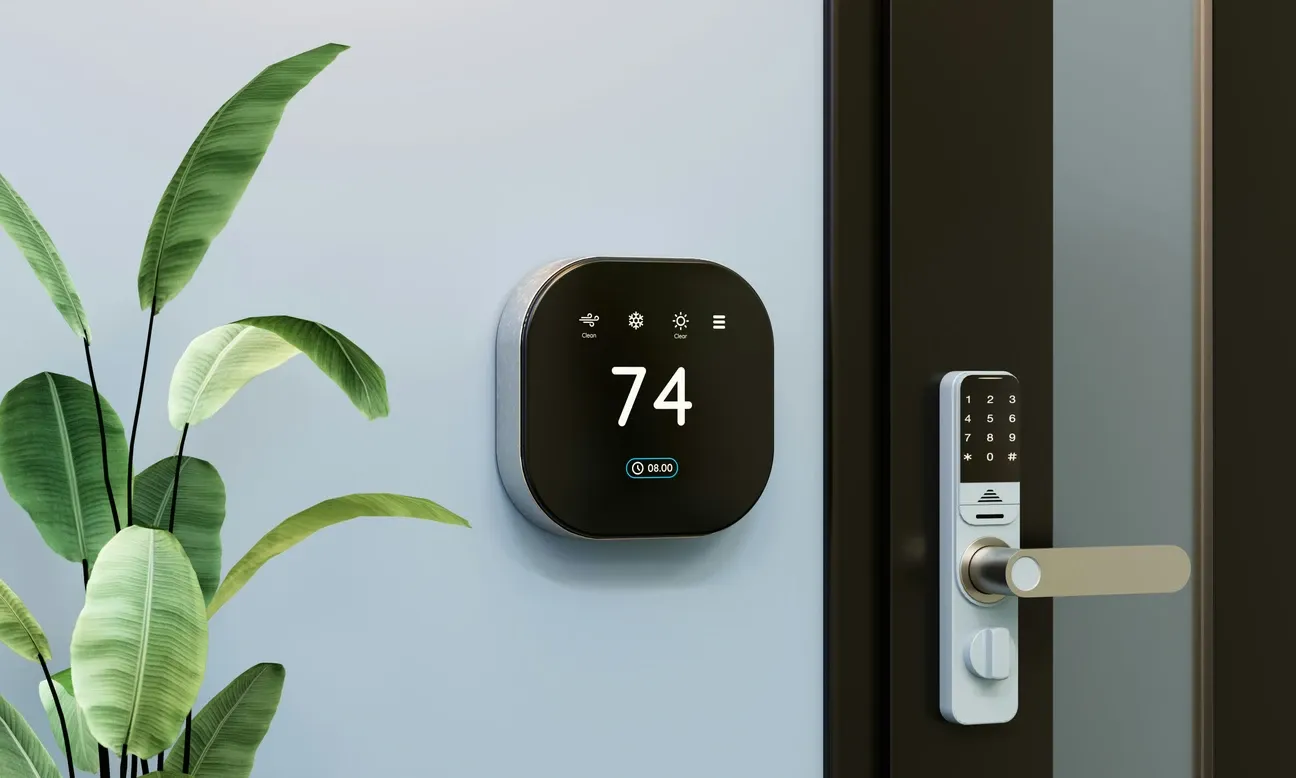In today's world, smart home systems are becoming increasingly vital as we integrate more technology into our everyday lives. From controlling lights to securing homes, these systems provide both convenience and efficiency. Leading the pack are major systems including Google, Alexa, and Apple HomeKit, each bringing unique offerings to the table. This comprehensive overview explores these major players, along with other innovative solutions that are transforming homes into smart havens.
Overview: Understanding Smart Home Systems
Smart home systems act as a bridge connecting various devices, ensuring they communicate effectively to meet your needs. With voice assistants like Google Assistant and Amazon Alexa, managing your home’s ecosystem becomes as easy as a spoken command. These systems not only allow for automation but also enhance your home’s convenience, security, and energy efficiency. Whether it’s through a smart speaker or your smartphone, the integration capabilities are limitless.
Additionally, smart home systems are playing an increasing role in improving accessibility for people with disabilities. Features such as voice-activated controls, remote monitoring, and automated routines can help users with mobility or cognitive limitations navigate their home environment with greater ease. For instance, a user can set routines that automatically turn on lights, lock doors, or adjust the thermostat at specific times of day or in response to triggers like motion detection or ambient light changes. These capabilities are not just conveniences-they can significantly improve quality of life and promote independent living.
Key Features of Prominent Systems
Each smart home system offers distinct features:
Google Home

- Use of Google Assistant for voice commands and responses
- Seamless integration with other Google services and devices
Amazon Alexa

- Known for its wide compatibility with numerous smart devices
- Offers skills that extend functionality beyond basic tasks
Apple HomeKit

- Prioritizes privacy and security, a hallmark of Apple products
- Tightly integrates with Apple devices for streamlined control
In addition to these well-known platforms, it’s worth noting that many third-party brands are continually working to improve integration with these systems. For instance, smart plugs, cameras, and even robotic vacuums can now connect and respond to voice commands issued via Google Assistant, Alexa, or Siri. This trend allows homeowners to personalize their smart ecosystem based on preferences, routines, and lifestyles. With more manufacturers aligning with these platforms, the potential for home automation expands rapidly, creating new opportunities for energy saving, enhanced security, and everyday convenience. As more devices become compatible, users gain the ability to build a truly interconnected and intelligent home.
Choosing the Right System for Your Needs
When diving into the world of smart home technology, it’s crucial to choose a system that aligns with your existing needs and future aspirations. Consider factors like:
- Compatibility: Ensure the system supports devices you already own or plan to purchase.
- Ease of Use: Some systems are inherently more user-friendly, often preferred by beginners.
- Integration Capability: Check how well the system can integrate with third-party services and other devices.
Future of Smart Home Systems: What Lies Ahead?
As technology continues to evolve, the future of smart home systems promises even greater enhancements. We are moving toward more integrated systems, which offer:
- Improved energy efficiency, reducing environmental impact and utility costs.
- Advanced security features utilizing artificial intelligence and machine learning.
- Smarter homes that integrate energy-saving devices with smart lighting installation for enhanced comfort and efficiency.
- Expanded compatibility, incorporating more devices into the ecosystem seamlessly.
With the addition of voice assistants, managing multiple devices becomes genuinely effortless.
Other Emerging Smart Solutions
While leading platforms including Google, Alexa, and HomeKit are at the forefront, there are several other notable smart solutions and IoT devices to consider:
- ZigBee and Z-Wave: Protocols that offer robust networks for home automation, especially for lighting and security systems.
- Smart Thermostats: Devices like ecobee and Nest that optimize home climate control and save energy.
- Smart Lighting: Solutions like Philips Hue, which allow personalized lighting setups to match your lifestyle.
- Water Leak Sensors: Essential protective devices that detect flooding and moisture in basements, kitchens, and bathrooms, sending real-time alerts to prevent water damage.
- Somfy Smart Blinds and Shutters: Motorized window treatments that integrate with smart home systems for automated light control, privacy management, and energy efficiency.
- Woox Budget-Friendly Smart Devices: European-focused brands offering affordable smart plugs and home automation devices with energy monitoring capabilities for cost-conscious households.
- Smart Security Cameras: Devices like the Wyze Cam OG deliver high-quality home surveillance with night vision and motion detection at budget-friendly prices, making professional-grade security accessible to all homeowners.
The smart home industry is not static; it's a dynamic field with innovations launched regularly, each promising to make life easier, safer, and more enjoyable. Keeping a broad overview of available options can help ensure your smart home remains both current and efficient. By staying informed about the latest developments and choosing the most suitable system, your home can remain at the forefront of technological advancements. Take time to research each platform thoroughly and consider how it will integrate with your existing devices and future plans for home automation expansion.
Consumer choice has never been more robust, with each major platform offering distinct advantages that cater to different preferences and priorities. Whether you value Google's seamless integration with search and calendar services, Alexa's expansive third-party skill library, or HomeKit's privacy-first architecture, your decision should align with both current needs and anticipated growth trajectories. Many successful smart home owners adopt a hybrid approach, leveraging multiple platforms where each excels while using bridges and middleware to maintain interoperability. This flexibility ensures you're never locked into a single ecosystem and can pivot as technology evolves without abandoning previous investments.
